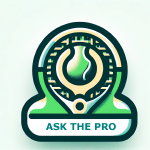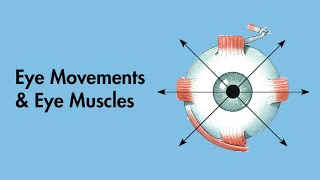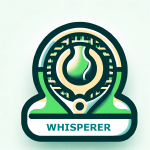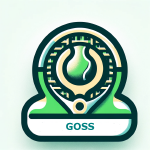The Ghost Line’s Got Some Serious Mojo!
Ah, the magic of the Ghost Line in tennis! This isn’t something you’ll find painted on the court or mentioned in the rulebook, but it’s a concept that can seriously elevate your game strategy.
Imagine there’s an invisible line running through the back of the court, parallel to the baseline. This mythical line helps us decide when to attack, play it safe with neutral shots, or go into full defense mode. It’s like having your own strategic compass right there on the court!
How to Find Your Ghost Line
Here’s a fun and practical way to locate yours on the court. Start at the tee at the service line, and gradually walk backward towards the baseline. Keep an eye on the top of the net as you move. When you reach a spot where the top of the net aligns perfectly with the opposite end’s baseline in your vision, voilà, you’ve found your personal Ghost Line. This spot is unique to you and will serve as your strategic marker during play.
So, next time you’re warming up or have a moment on the court, take the time to find your personal Ghost Line. This simple exercise not only helps you tailor your game strategy to your physical attributes but also deepens your understanding of how to navigate the court more effectively. Whether you’re tall, short, or somewhere in between, mastering the use of your Ghost Line can make you a more formidable and strategic player.
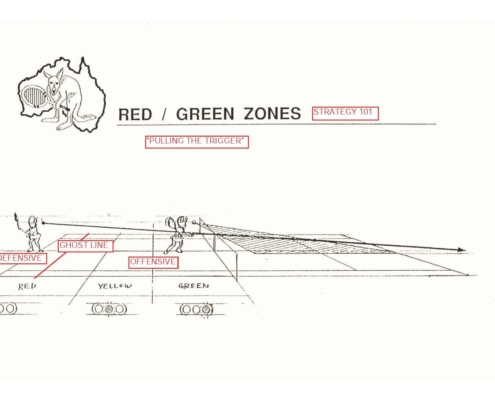
When to Attack (Green)
You cross into the realm of aggression when the ball lands short of the Ghost Line, tempting you to step in and take control. This is your cue to unleash those ground strokes with a bit more zip or approach the net to finish the point. The ball’s position invites you to step into the court, dictating the pace and direction of the game. It’s like the ball is daring you to come forward and show what you’ve got. And who are we to refuse such an invitation?
Neutral Territory (Orange)
Now, if the ball is dancing around the Ghost Line, you’re in neutral territory. It’s not quite an open invitation to attack, but you’re not being pushed back into the defensive either. This is your chance to maintain a rally, look for an opening, or perhaps try to outmaneuver your opponent with depth and placement. Playing neutral is like being in a chess match, where each move is calculated to set up for a future advantage without over committing.
Defensive Mode (Red)
When the ball pushes you well behind the Ghost Line, it’s time to buckle down and defend. Your main goal here is to stay in the point, use high loopy shots to buy time, or slice to keep the ball low and awkward for your opponent. Being pushed back doesn’t mean you’re out of options; it’s about resilience, making it tough for your opponent to hit a winner, and looking for that opportunity to turn the tables. Defense isn’t just about survival; it’s about setting the stage for a comeback.
Who should get the credit for the name! The clever term “Ghost Line” was coined by none other than Pam after one of our sessions. Her insightful contribution to tennis strategy has given players an invaluable tool for visualizing and executing their game plans more effectively.
Understanding and visualizing your Ghost Line can transform how you approach each point. It’s not just about hitting the ball back; it’s about making smart choices based on the ball’s position relative to this invisible strategic guide.
So next time you’re on the court, remember the Ghost Line. Let it guide your decisions, and watch as it adds a new layer of strategy to your game. Play smart, play with intention, and let the Ghost Line be your unseen ally in battle!

